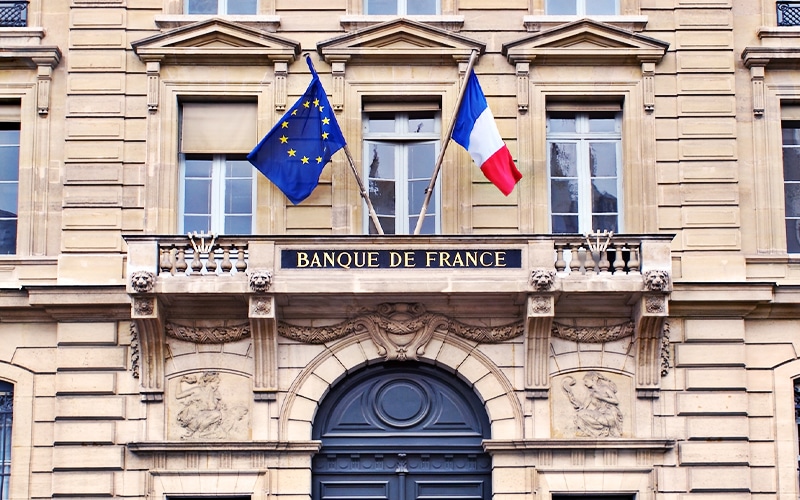The idea of CBDC has gained massive attention from central banks worldwide. The central bank of France, Banque de France, is looking towards a fully operational wholesale digital asset by the beginning of 2023.
François Villeroy de Galhau, France Central Bank governor, stated a green signal for the establishment of the second phase of experimenting with CBDC wholesale. CBDCs would act as a carrier of domestic and cross-border transactions between banks.
“We want to get closer to a viable prototype, testing it in practice with more private actors and more foreign central banks in the second half of 2022 and in 2023,” mentioned Galhua.
Experiments began on CBDC during early 2020 up until 2021 december closing down on the first stage, with the central banks exploring wholesale CBDCs that are built on distributed ledger technology (DLT) which aim at speeding up interbank settlements.
An automated market maker (AMM) would enable fast, automated and transparent settlements across countries by central banks to form a Multi-CBDC platform.
A wholesale CBDC is different from a regular retail CBDC as it would only be utilised by financial institutions to exchange fiat currencies.
Right now, it’s moving towards an institutional CBDC as it does not involve the public as a medium of exchange for goods and services.
In future, the central bank wishes to pursue exploring a retail CBDC, with private banks playing a pivotal role in the retail CBDC market.
Retail CBDCs are the subject of heavy debate among policymakers due to the risks these currencies could pose to financial stability.
“The eurosystem should entrust banks with the distribution of digital euros to final users, while setting technical, functional and commercial rules – for example, the branding, logo and fee structure,” Galhau said.
Also Read: BIS Recommends CBDC Interoperability & Increased Accessibility






